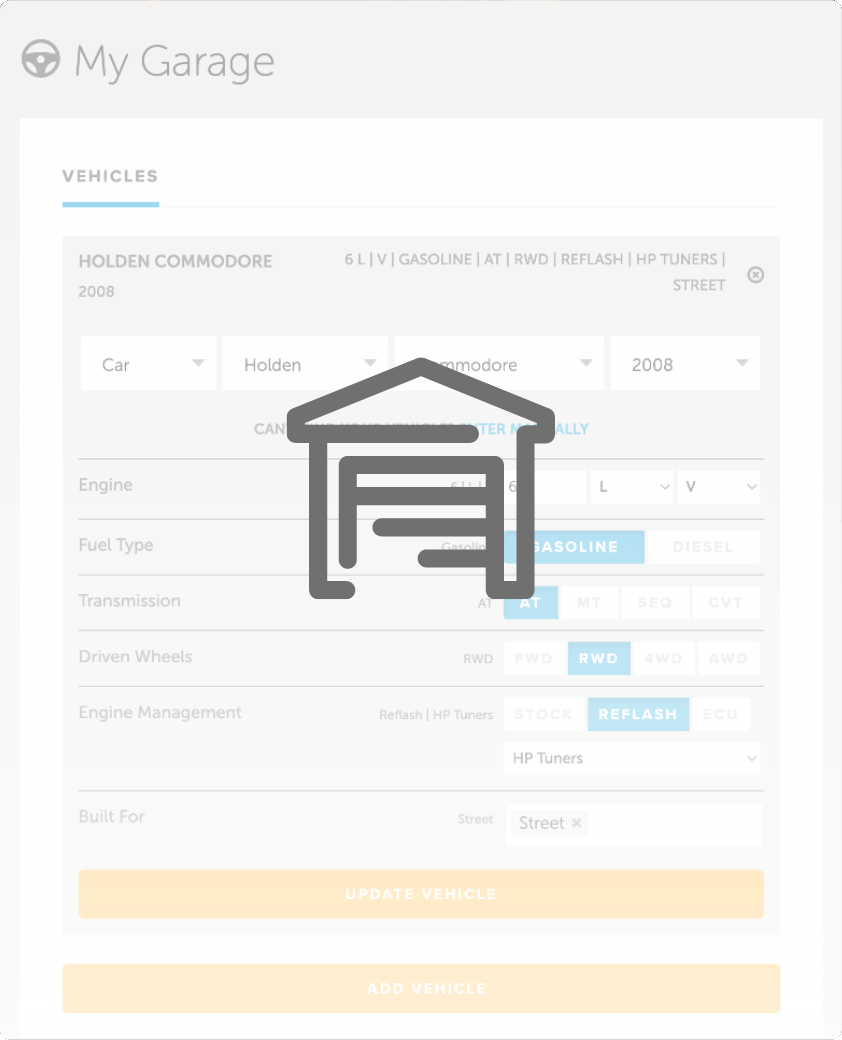Wiring Fundamentals: Common Paths
Common Paths
01.20
| 00:00 | - The key idea we need to understand to design a proper ground scheme is that of common paths. |
| 00:06 | This might seem somewhat counter intuitive, but what we want to accomplish is to avoid any circuits having common ground paths. |
| 00:12 | That is if the ground connection in a circuit fails in any way, we don't want the current in that circuit to be able to find another way of getting back to our start - finish line, ground. |
| 00:23 | The reason for this is to eliminate the chance of there being current in a wire that we haven't accounted for when we sized that wire. |
| 00:30 | A good example to illustrate how this can happen can be seen in starter motor circuit of an engine. |
| 00:35 | The starter motor draws a very large current from the battery from an appropriately sized power cable. |
| 00:41 | This current exits a starter motor into the block of an engine and then heads back to the battery via an also appropriately sized ground cable. |
| 00:48 | If the connection at either end of this ground cable gets corroded or vibrates loose, its resistance will increase. |
| 00:54 | This will cause the starter motor current to try and find an easier path back to the battery. |
| 00:59 | If we have for example connected the power grounds of our ECU to both the battery and the engine block, this will offer that lower resistance path. |
| 01:08 | The size wire we use for our ECU power grounds cannot handle the larger starter motor current and will be destroyed, possibly damaging the ECU as well. |





